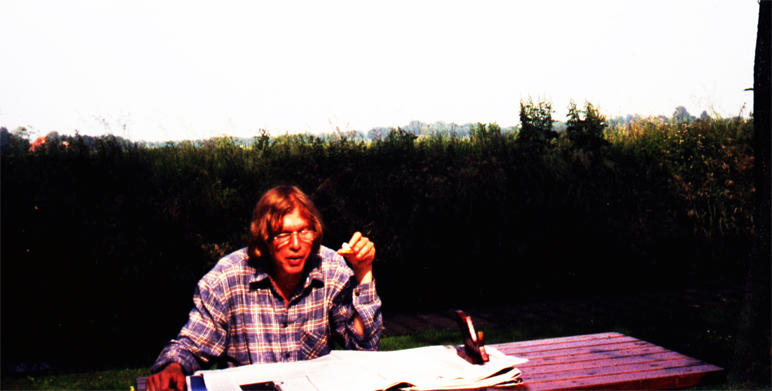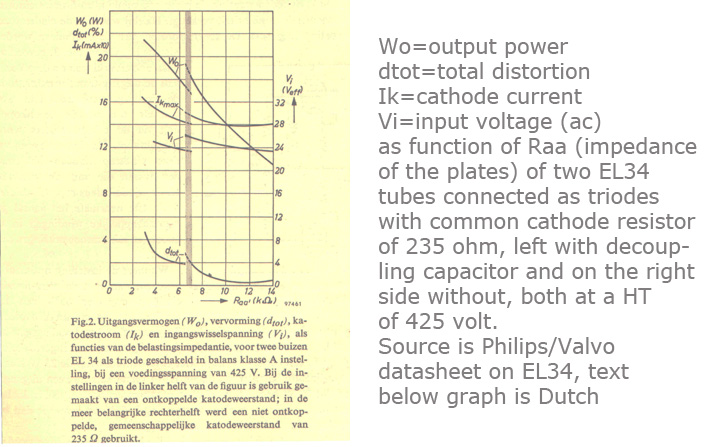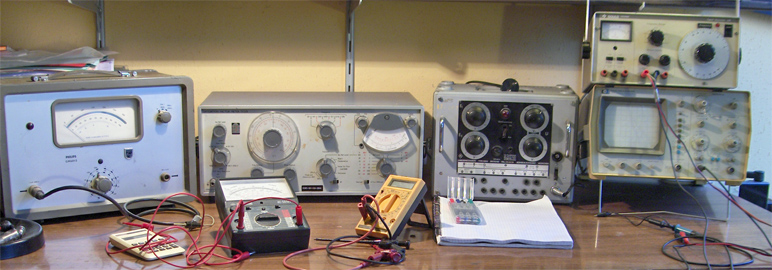The Personal Story |
|||||
 |
|||||
| (I would skip this page) | |||||
|
During my early teens I build some tube amps to listen to The Beatles, The Rolling Stones and Pink Floyd but never heard of the Williamson. Maybe I looked at it and quickly decided that so many expensive parts for only 15 Watts was not such a good idea.
Later all technical looking equipment was banned from my living quarters, being technical was not hip. In my mid-thirties, around 1994, with some time and money to spend I looked at a High Fidelity magazine and found out that tube amps were hot again. I bought a book on this subject by Rainer zur Linde (in German, later I translated it into Dutch) and bought through an add in an electronics magazine a couple of transformers with the original documentation from a member of the happy few of the fifties. It were Williamson transformers made by a Dutch company called Unitran that could be connected for both, the original Williamson way and the Ultra Linear way which gave much more power. In an electronics vintage dump shop I bought a signal generator, an oscilloscope, a THD meter, a milli-volt meter with tubes and an adjustable power supply for testing tubes. There were plenty of diagrams of amps with the Ultra Linear connection and the promise of thirty Watts was tempting. Although connecting the Unitran transformers for Ultra Linear, leaving some windings unused, always gave some strange excitation to the square waves . In a tube handbook I found graph 1 (see below) |
|||||
 |
|||||
| graph 1 | |||||
|
and I quickly connected my tubes as triodes, class A to the 10.000 ohm connectors of the OPT 's and with a common cathode resistor, not bridged by a capacitor and when I listened I was convinced by the clearness , the brightness and the ease by which the sound came loose from the loudspeakers and projected the instruments in the space of the room. I buried the Ultra Linear idea and started to dig for the original Williamson diagram. |
|||||
| The Output transformer | |||||
|
Annoying thing about the original Williamson and the Unitran output transformers was the fact that the secondary impedance adaptation had, as Williamson dictated, 8 secondary windings of 1.7 Ohm. Or a turn ratio of 76.5 to the primary. With two sets of these windings in series the impedance was too low to connect 8 ohm speakers, with three sets in series it was too high. I would never hear how it was meant by Williamson with my 8 ohm speakers. Although, on the other hand, the impedance indicated on the rear panel of a loudspeaker, what is it worth? (In most cases it only indicates that the impedance is only at one or two frequencies as low as six ohms and it will probably not overload transistor amps if two pairs of speakers are connected to it). A friend wanted such a beautiful amp as well and I decided to develop a Williamson type OPT to connect to 8 ohm speakers myself, bought a third- or fourth hand core winding machine and the raw materials, for two years I learned something from each attempt till I was satisfied. |
|||||
 |
|||||
| Picture above, the Philips milli-voltmeter, the Marconi distortion factor meter, the Rhode & Schwarz tube power supply, the HP oscilloscope, the Gould advance tone & signal generator and two cheap multimeters, the complete lab, maybe 200 or 300 Dutch guilders . | |||||
|
|||||